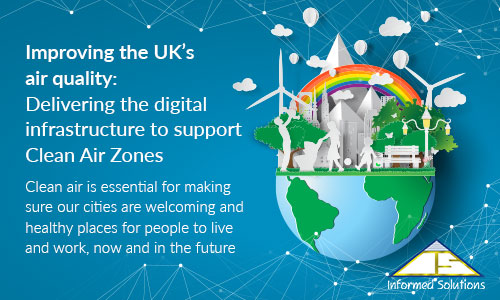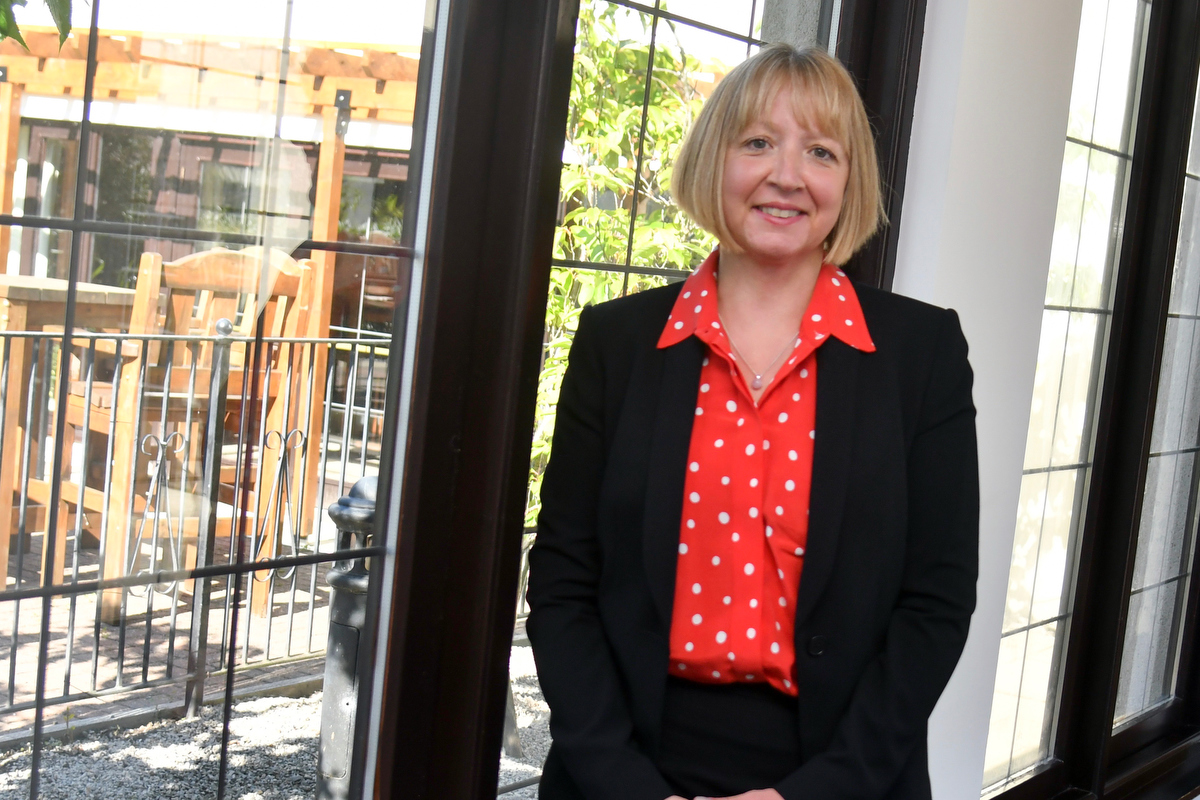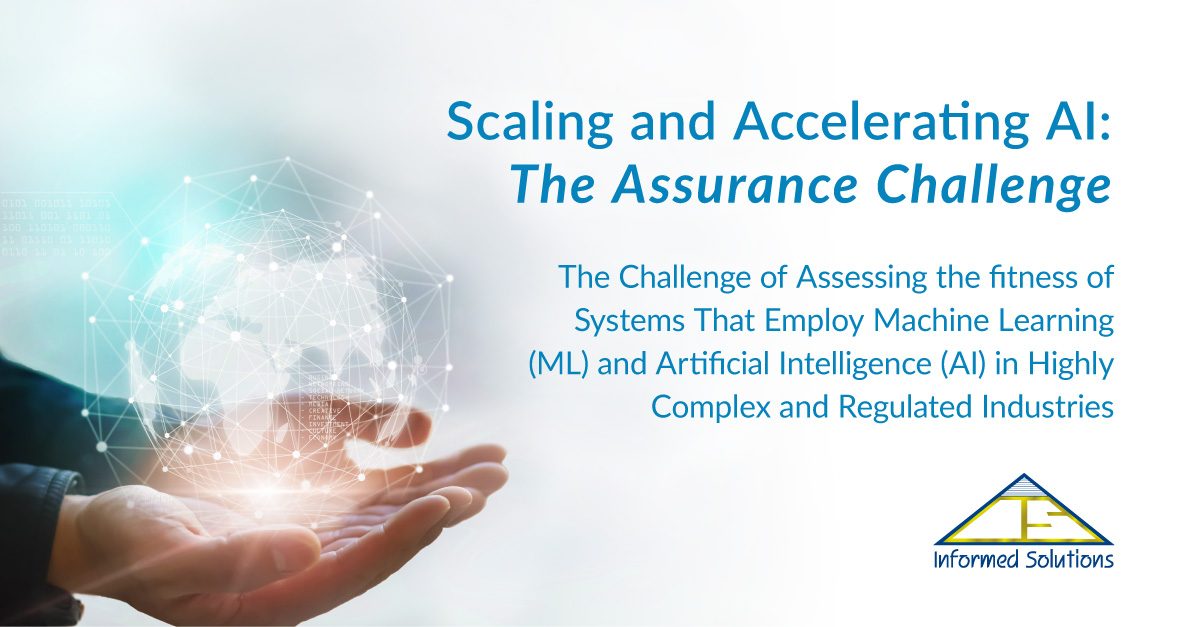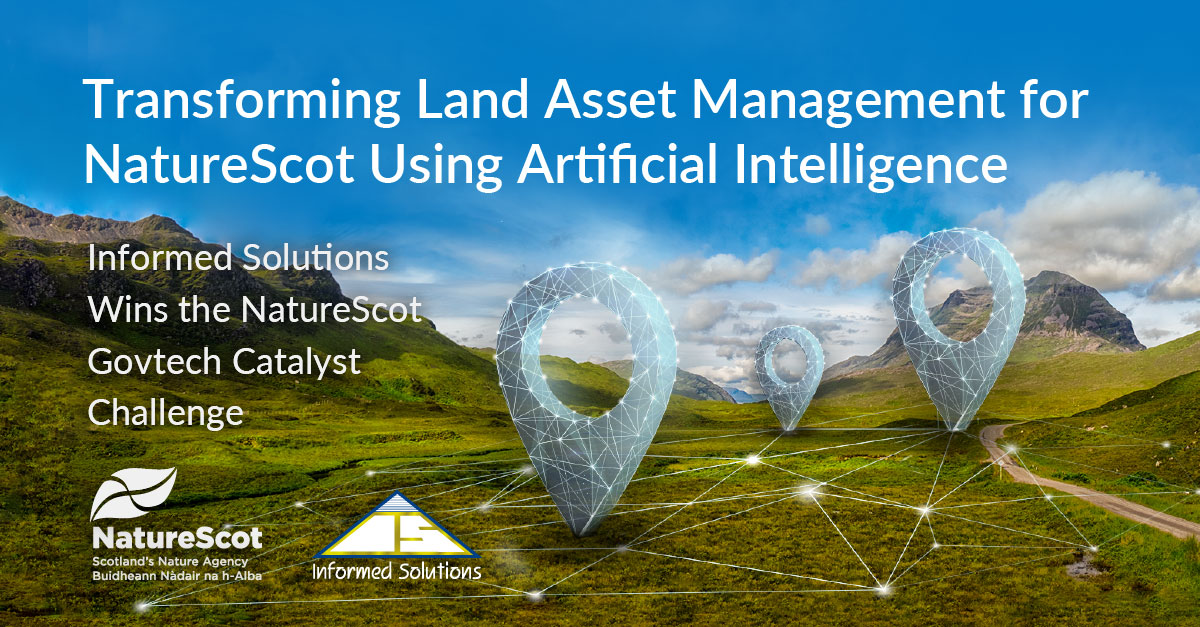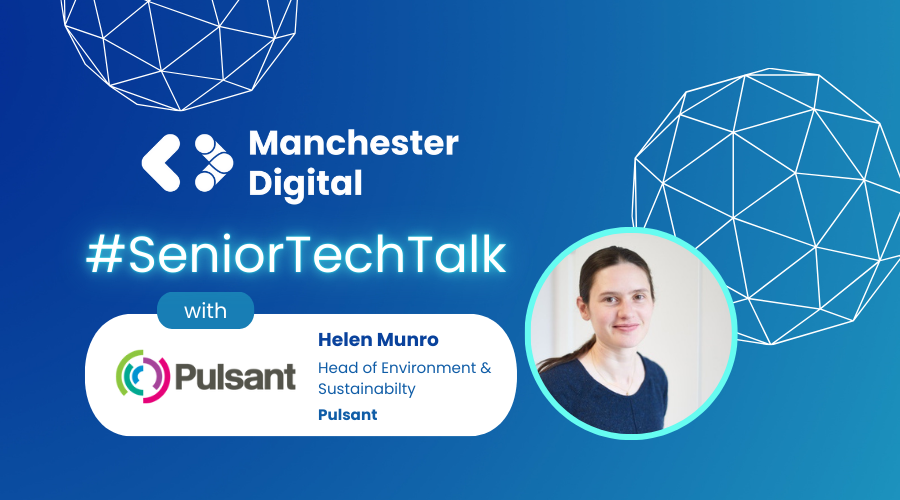
In this edition of Senior Tech Talk, we sat down with Helen Munro, Head of Environment & Sustainability at Pulsant for a conversation around how the company is embedding sustainability into its approach and reducing its environmental impact whilst supporting innovation.
How does sustainability factor into Pulsant’s approach to edge infrastructure, and what specific strategies are you implementing to make your data centres more environmentally friendly?
While digital services can be an incredibly effective decarbonisation lever, helping us do more with less, it’s important to acknowledge that there are some environmental consequences. The biggest impacts we see as an infrastructure provider are associated with electricity consumption and in the deployment of technology hardware, infrastructure and facilities, which can be carbon intensive. And we are constantly working on how to reduce those impacts as much as we can.
The extent of these effects can vary significantly depending on global location, and as a UK organisation we want our clients to be well informed about what is relevant here so they can make better informed choices. Education is key here – as part of their digital supply chain, it is important that we communicate our environmental footprint and what is in our collective power to change.
Our own clearest opportunity is to manage and upgrade older facilities with modern equipment to meet energy efficiency goals while being cognisant of the potential role of data centres in the wider energy system. Where we have expanded, this has been through retrofitting existing buildings and spaces wherever possible, avoiding the challenges around land use change and additional construction. As well as procuring electricity from renewable sources through Renewable Energy Guarantee of Origin (REGO) certificates, we are exploring other ways to help progress grid decarbonisation. Hydrotreated Vegetable Oil (HVO) is in use at our Manchester site as a much more circular fuelling option than fossil-based diesel, and we are working towards the elimination of gases with high global warming potentials from our fire suppression systems by 2030.
Data centres are known for their high energy consumption. What measures is Pulsant taking to reduce energy use and improve efficiency across your 12 data centres?
Let’s break down data centre energy consumption; about two-thirds of the power is consumed by the technology hardware – servers, storage devices, etc. For us, the hardware involved is mostly owned and operated directly by our clients. The remaining third is predominantly energy related to cooling (as without that the equipment would overheat and fail), and losses associated with delivering our stable power supply. Therefore, being able to cool our data halls more effectively – through equipment upgrades, but also controlling how air flows through the spaces, and ensuring our facilities are at the optimal temperature for the hardware to function most efficiently - is a strong focus.
We are seeing some changes in our clients’ power demands that have interesting implications for how we deploy the supporting infrastructure. A drive for higher-density computing means that we are being asked to deliver more concentrated power to rack-spaces within a room; and given that this power is ultimately converted into heat energy, this can radically alter cooling dynamics within a space, and the extent to which we can continue using efficient cooling supported by outside air temperatures. Data centres need to work closely with these clients in the data hall design to make sure that these deployments are well planned.
What do you see as the biggest drivers for businesses to adopt green data storage solutions, and how is Pulsant positioned to help clients meet their sustainability goals?
Whether it’s storage, compute, or networking solutions, we have seen an increasing number of clients’ internal sustainability teams start to engage with us directly, alongside the IT department. I think this has been triggered partly by growing emissions reporting expectations, general awareness of data centre impacts in the media, and organisational commitments to get to grips with Scope 3 emissions; greenhouse gas emissions that are not directly produced by a company but are indirectly caused by activities in its value chain. Clients want to understand how big their emissions footprint is with us, and how this might change.
IT departments examining their energy efficiency can look to reduce their number of physical servers via virtualisation – the virtual representation of multiple servers, storage, networks, and other machines on the same physical hardware. While this improves energy and resource-efficiency in theory, to achieve the best possible energy savings the physical hardware must be well utilised and managed. However, many clients are unwilling to rely entirely on hyperscale service providers for virtualised storage services due to their unpredictable costs and concerns around data security.
Our offerings can help these clients use virtualisation in the confidence that their data remains local, and the physical infrastructure is closely managed. The latest iteration of Pulsant Private Cloud has enabled consolidation of our compute and storage offerings into three scalable deployments, managed for utilisation and efficiency. Our Newcastle and Edinburgh Cloud locations are in electricity grid regions with frequent surpluses of renewable energy, which means their power consumption is much greener in its delivery. Given that sustainability choices are so often obscured by lack of transparency, it’s quite special to be able to deliver cloud computing services that are strongly embedded in UK regions. In other words, ‘cloud’ doesn’t have to be a distant, ethereal concept; clients know exactly where it is (and it’s not in the sky!).
Edge computing and technologies like 5G and IoT are rapidly evolving. How do you balance the need for innovative infrastructure with the imperative to reduce environmental impact?
Innovative infrastructure can, in many cases, deliver much more efficient and effective results, but we can’t ignore land use, material resources and effort to deliver frequent iterations of technologies. For me, sustainability can’t be reduced to a question of counting emissions; it ultimately means achieving balance. This means that in the commitment to construct something, we are responsible for reversing that construction at end-of-life to restore the original value in materials. Technology hardware providers must step up their focus on circularity in the design; creating something to be used, repaired and taken apart again to create something new.
Looking ahead, what role do you think sustainability will play in the future of data storage and edge infrastructure, and how is Pulsant preparing for these changes?
Data storage and edge infrastructure is not ‘one size fits all’; large, distant data centres offer economies of scale, while close, local facilities provide sovereignty and speed. That is where Pulsant comes in. Although being local doesn’t mean we are greener by default, there is an important connection with smaller-scale services that offer a better level of tangibility and transparency to their clients and communities, which is really fundamental to create good accountability around sustainability impacts. I believe there are significant benefits that can be achieved by integrating data centres into local consciousness.
Thank you Helen!
To find out more about Pulsant, click here.



